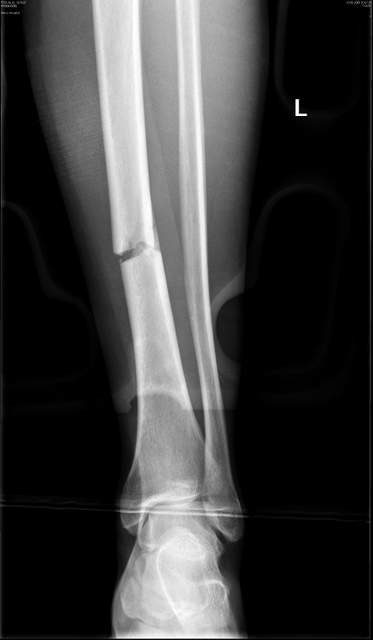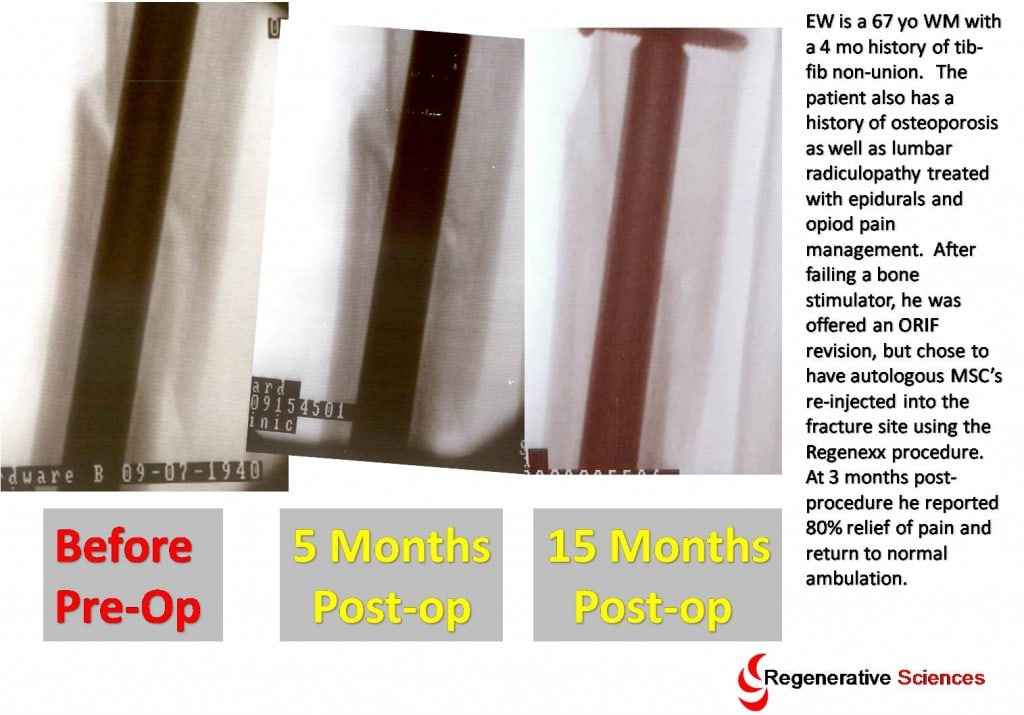

You will likely have to use crutches or a knee scooter for a number of weeks during the recovery process so you don’t put too much weight on the break.Īttempting to rush the process against your doctor’s advice will only result in furthering your recovery time.

Although it can be difficult to refrain from participating with your favorite activities, a broken fibula requires time to regain its strength and stability. The most important thing patients can do to recover from a broken fibula is allow themselves to rest and relax during the recovery process. These metal items become a part of your fibula and are not removed. This surgery normally involves adding screws or plates to the area around the break to hold it in place while it heals. Depending on the extent of the fracture or break, surgery may be the most appropriate option to fully recover from a break in your fibula. If you sustain a complete break, you will need to wear a medical boot for at least two months to help stabilize and protect the leg. Don’t wait to have your leg examined if you believe you have broken your fibula. Our clinic has the resources, staff, and experience necessary to diagnose and treat a broken fibula, allowing our patients to return to their routines as soon as possible.

Patients have the greatest opportunity to experience a quick, complete, and healthy recovery when they are able to connect with one of the Atlanta Orthopedic Doctors at AICA Orthopedics soon after an accident occurs. Even if you’ve had a cast put on and cannot put ice directly on the break, you still need to rest as much as possible and elevate your leg. This helps to reduce the inflammation around the break and the amount of pain you’re in. It’s important to remember the acronym RICE: Rest, Ice, Elevate, especially right after the break. You are likely to find it very difficult to walk and stand for long periods of time with a broken fibula, so it’s not a condition you can easily ignore. The chances of prolonging the recovery process, experiencing a relapse, or developing particular impairments as a result of not healing properly increases without immediate attention. All fibula breaks are serious and can leave you unable to fully walk, or perform standard daily activities without help, for weeks or months.Īlthough a broken fibula may not continuously create intense levels of pain, it is important that you seek medical treatment as soon as possible after an injury occurs. For example, with lateral malleolus break, the ankle joint isn’t damaged in any way, but with a bimalleolar ankle break, the fibula and ankle are both damaged. The type of break depends on a number of factors. Many athletes break their fibula, although it can happen from slipping, stepping into a hole, or many other common issues. The break may occur anywhere from your ankle to your knee. There are a number of different ways you can fracture or break your fibula.
HELP WITH SHIN PAIN AFTER TIB FIB FRACTURE HOW TO
It’s important that you understand how to help your fibula heal and what you should avoid to prevent further damage or necessary healing time.

Because of this and unlike other types of injuries and conditions, a broken fibula usually requires six weeks to three months before patients are able to return to their normal routine. It and the tibia, the larger bone, therefore, support all of your weight when standing. The fibula is the smaller of two bones found in the lower part of the leg. If you sustain a broken fibula, it’s important to set appropriate expectations when it comes to the amount of effort and time it takes to completely heal.


 0 kommentar(er)
0 kommentar(er)
